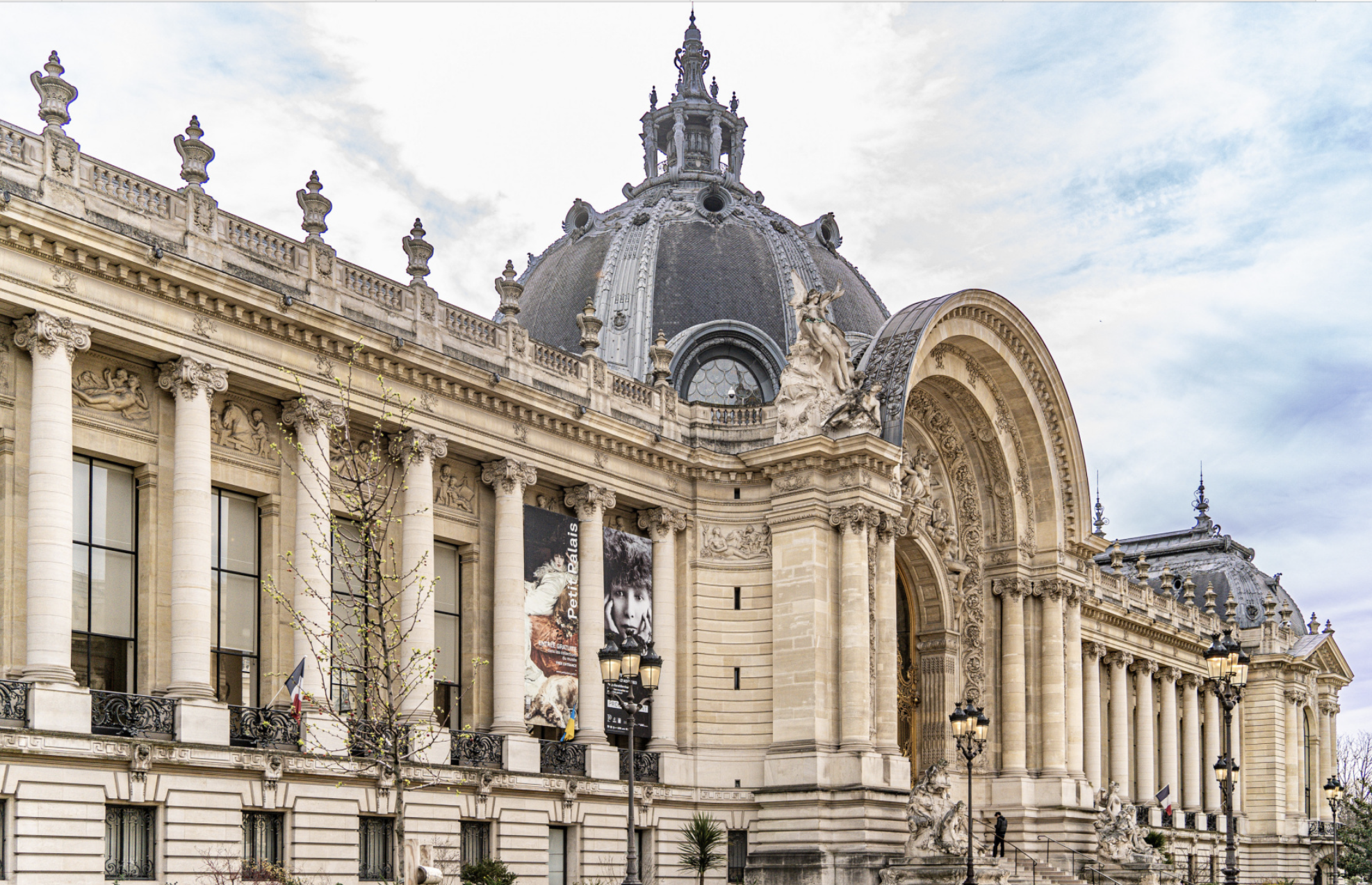
The Petit Palais, an architectural jewel nestled in the heart of Paris, was originally constructed for the 1900 Universal Exhibition, alongside its grand neighbor, the Grand Palais. Located on Avenue Winston Churchill, the Petit Palais stands as a testament to both the opulence of the Belle Époque and the innovative spirit of the early twentieth century. Designed by the architect Charles Girault, this stunning building combines traditional and modern architectural elements, showcasing a harmonious blend of grandeur and functionality.
From its inception, the Petit Palais was intended to be more than just a museum—it was to be a celebration of the City of Paris and the transformative power of art. Girault envisioned a building that would exude the grandeur and dignity of an official palace. To achieve this, a comprehensive decorative program was undertaken, involving some of the most prominent artists of the time. The murals, sculptures, and other decorative elements created between 1903 and 1925 continue to captivate visitors to this day.
 The Petit Palais officially opened as the “Palais des Beaux-Arts de la Ville de Paris” on December 11, 1902, and has since been home to an impressive collection of art. The museum’s holdings are divided into two main areas. The first focuses on French art from the late nineteenth and early twentieth centuries, featuring works acquired by the City of Paris through commissions, direct purchases from artists, or at Salons. This collection is one of the major strengths of the museum today.
The Petit Palais officially opened as the “Palais des Beaux-Arts de la Ville de Paris” on December 11, 1902, and has since been home to an impressive collection of art. The museum’s holdings are divided into two main areas. The first focuses on French art from the late nineteenth and early twentieth centuries, featuring works acquired by the City of Paris through commissions, direct purchases from artists, or at Salons. This collection is one of the major strengths of the museum today.
The second key area of the collection is the pre-modern art bequeathed by the Dutuit brothers, Auguste and Eugène, in 1902. This collection reflects the nineteenth-century fascination with European history and the exploration of other civilizations. It includes an impressive array of ancient Greek and Roman works, medieval and Renaissance art objects, Flemish and Dutch paintings from the seventeenth century, manuscripts and books, and a vast collection of engravings. Over the years, the museum has continued to grow its collection through various donations and bequests.
Among the many treasures housed in the Petit Palais is a beautiful Delftware blue and white sweetmeat dish from the eighteenth century. This object is decorated with a scene of people engaged in conversation within an Asian landscape.



